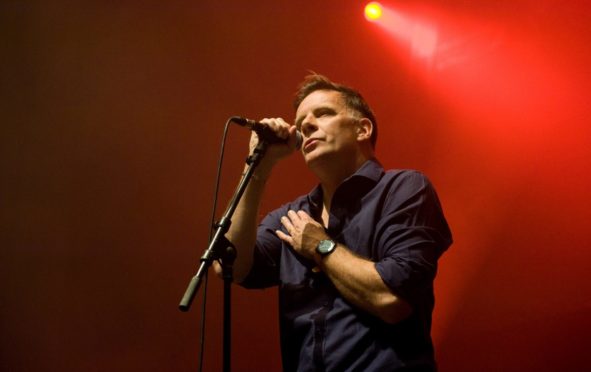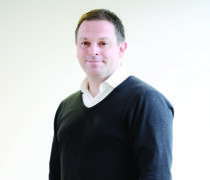A walk down the street in 2014 was not without risk. The less alert might blunder unknowingly into a piece of street theatre, or accidentally upend a declaiming novelist, a quavering folk singer or an enraptured poet. They were everywhere, these artists, emitting a single, pure note: vote Yes.
This confluence of art and politics bestowed glamour on the independence movement. It put a showbiz cape on the rallies and the marches and the op-eds. Innumerable acts of verse were committed. Grimly determined stand-up comedians stood up. Ricky Ross, Neal Ascherson, Karine Polwart and others went “jooking around” Scotland in a mini-bus “seeking out roads less travelled”. No matter how remote you were or how far you ran, Scotland’s creatives would hunt you down.
Those of us on the No side had little of this razzle-dazzle to offer. Ours was a colourless argument in favour of the earthbound and the quotidian. They had all the uplifting nouns: courage, passion, momentum, hope; we spoke of a Union that was still just about tolerable. They had rammed, glitzy events at the Usher Hall and the Glasgow Hydro; we had coffee with Windsor-knotted lords of finance and Tory cabinet ministers.
But the wilder the party, the more savage the hangover. In the early hours of September 19 the show ended, the music stopped and the booze ran out. Scotland had done what was somehow both inevitable and unthinkable: the Noes had it. When the lights came up it left a caste of artist-activists (or activist-artists – it was by now hard to tell which) facing the walk of shame. The critics weighed in: they had been overly partisan, had compromised their artistic integrity, would forever be defined by their politicisation. The worst of them had even willingly become creatures of Scotland’s government – so much for the rebel spirit. They had pursued the end of a generally equable and mutually rewarding Union as if it were the fall of the Berlin Wall.
In his book, The Literary Politics of Scottish Devolution, the academic Scott Hames writes of “the dream” and “the grind”. The dream is “a story of cultural vanguardism in which writers and artists play the starring role in the recuperation of national identity, cultural confidence and democratic agency.” The grind, he says, is “the longer, thinner political history of devolution as a shrewd and sometimes grubby saga of electoral expediency, characterised less by stirring visions of democratic rebirth than ploys of cynical circumspection.”
If the last independence campaign leant heavily on the dream – and it did – it seems likely that the next will be less high-flown, more “shrewd and sometimes grubby”. It will be a grind. There are a number of reasons for this.
The first is that it’s hard to see the artistic community reconvening in quite the same way. Many have spoken of an almost spiritual collapse after the 2014 loss, and their struggle since to get over the electorate’s “betrayal”. There was an innocence and a naivety to that virgin event that will not be repeated.
Second, this loss of innocence does not belong to the cultural sphere alone. The SNP – which is not the entire Yes movement but is still the main motive and democratic force – is not what it was. Then, it was a rare kind of political party in which all difference was suborned to the singular quest for independence. Alex Salmond and Nicola Sturgeon stood side by side, the rest of the movement happily falling into line behind them. Not only did the Nats have a majority at Holyrood, they were a moral exemplar of the necessary unity and purpose.
The Salmond-Sturgeon duumvirate is now shattered, bitter and vengeful. The SNP is riven by factions, with Joanna Cherry leading a particularly outspoken, pro-Salmond, anti-Sturgeon, and far from inconsequential wing. She found herself unceremoniously dumped from the top team yesterday. Rancorous internal debates about strategy, economics and personnel rage like wildfire. The charges of sexual assault made against the former First Minister – of which we was cleared – have had a messy fallout fallout. Sturgeon may yet tumble – who knows?
All of it points to an indyref2 that will be very different in tone and organisation. It’s hard to see where the poetry will lie, or where the heightened romantic sensibility of the artist will find purchase. It will depend instead on a wearisome attention to detail, cold engagement with facts and, yes, a healthy measure of political cynicism. In short, if independence is won it will be delivered by the grinders, not the dreamers. Our street corners, at least, should be safe.











